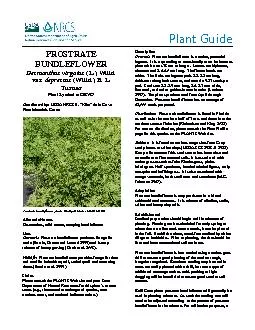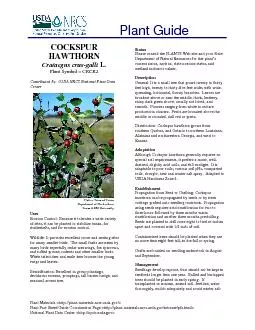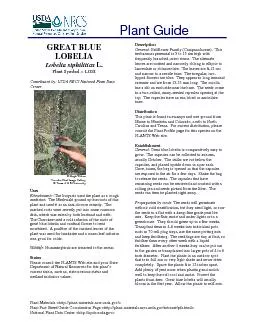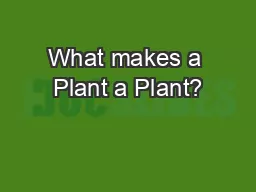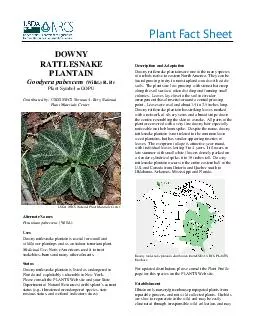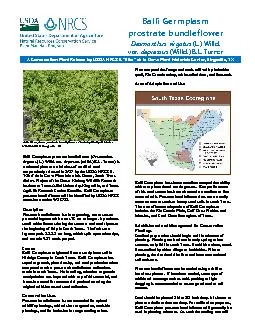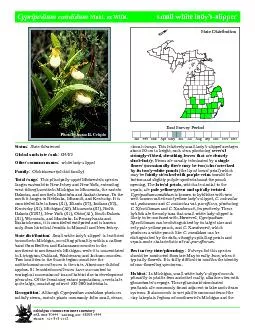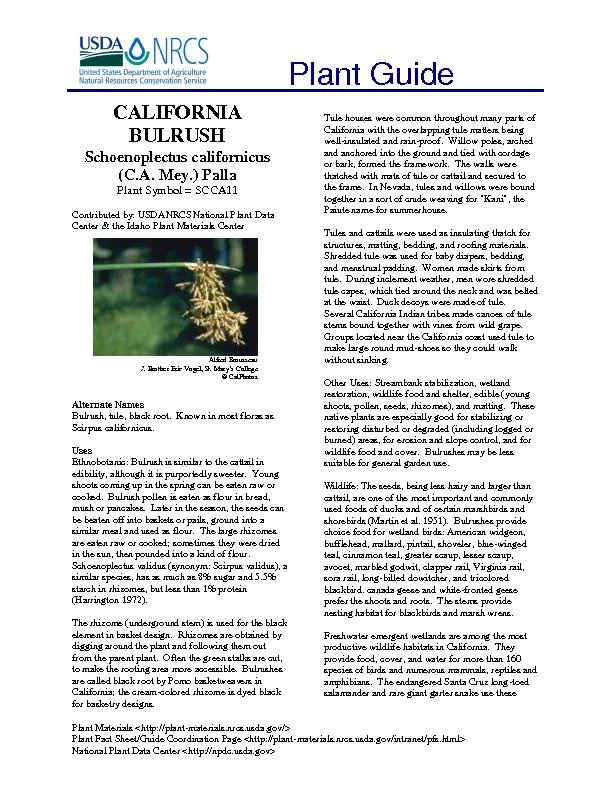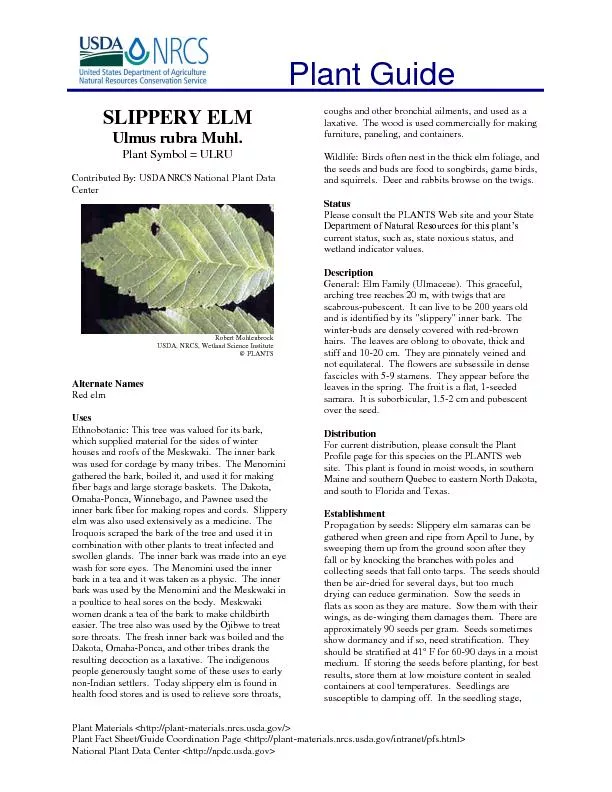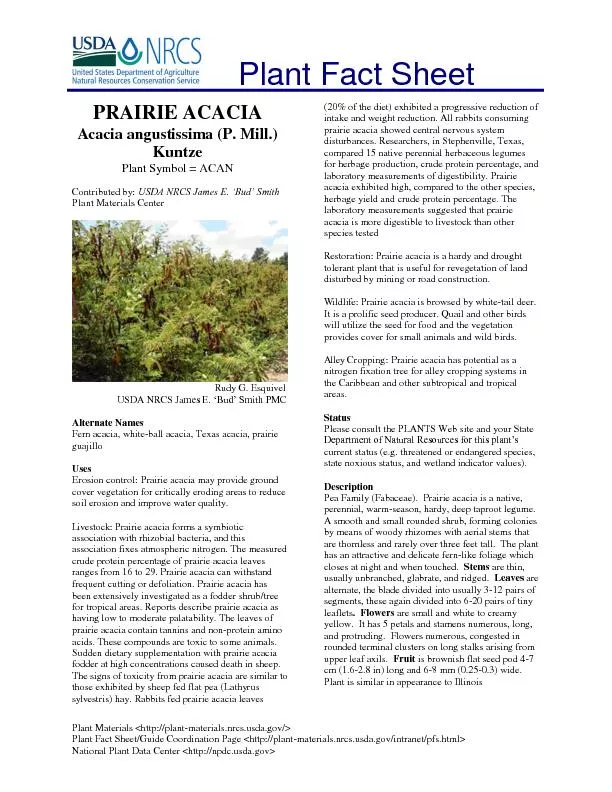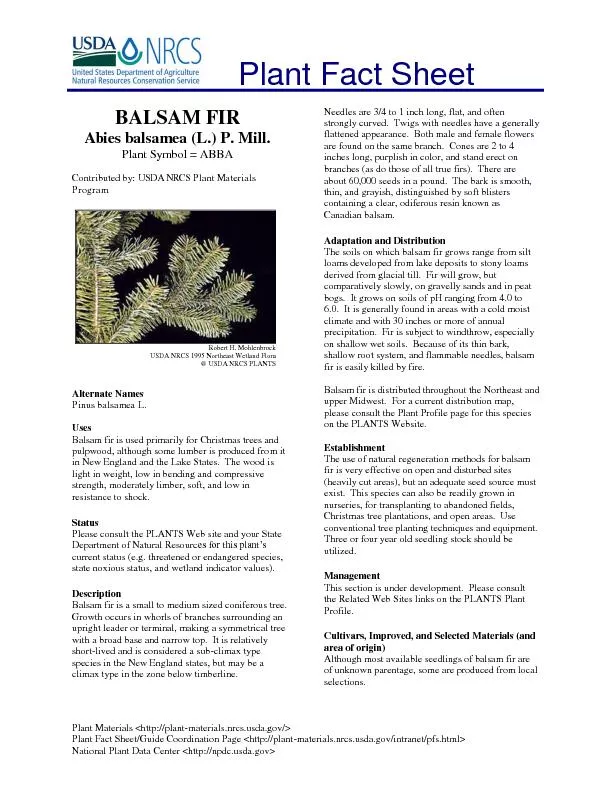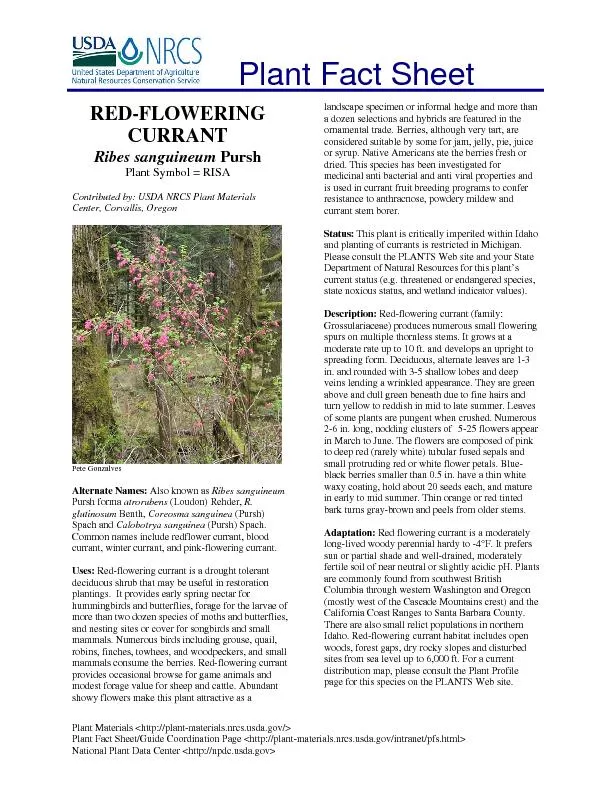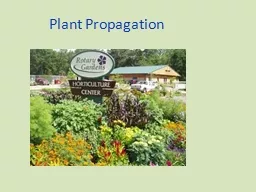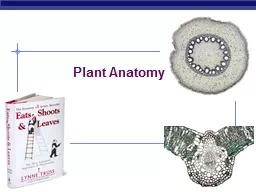PDF-Plant GuidePROSTRATE BUNDLEFLOWERDesmanthus virgatus (L.) Willd. var.
Author : test | Published Date : 2015-09-30
Descriptioneneral Prostrate bundleflower xAttxachexd xBottxom xBBoxx 2x991x84 3x531x6 33x0 51x084x Sxubtyxpe xFootxer xType
Presentation Embed Code
Download Presentation
Download Presentation The PPT/PDF document "Plant GuidePROSTRATE BUNDLEFLOWERDesmant..." is the property of its rightful owner. Permission is granted to download and print the materials on this website for personal, non-commercial use only, and to display it on your personal computer provided you do not modify the materials and that you retain all copyright notices contained in the materials. By downloading content from our website, you accept the terms of this agreement.
Plant GuidePROSTRATE BUNDLEFLOWERDesmanthus virgatus (L.) Willd. var.: Transcript
Download Document
Here is the link to download the presentation.
"Plant GuidePROSTRATE BUNDLEFLOWERDesmanthus virgatus (L.) Willd. var."The content belongs to its owner. You may download and print it for personal use, without modification, and keep all copyright notices. By downloading, you agree to these terms.
Related Documents

